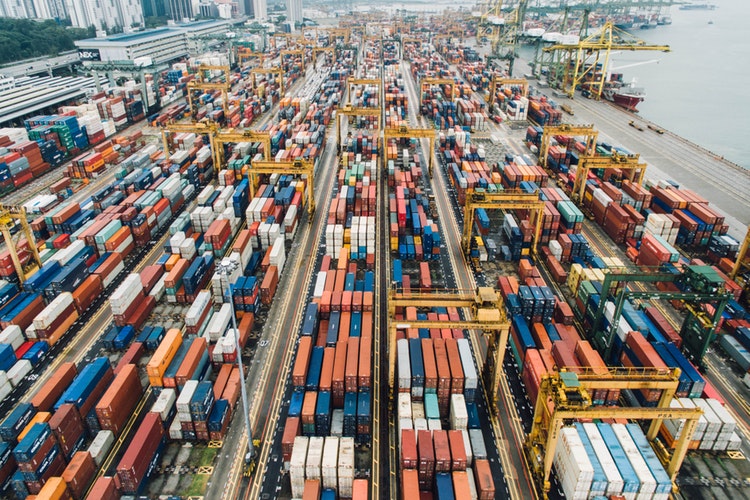The trade deficit narrowed to 17 month low in February with exports rising 2.44 percent to 26.67 billion dollars compared to the same month in last year. Imports dipped by 5.41 percent to 36.26 billion dollars given the low gold imports and softening of crude oil prices in international markets. Gold imports fell by 10.81 percent to 2.58 billion dollars in February compared to 2.90 billion dollars in same month in previous year. Given the rise in exports and dip in imports, trade deficit narrowed to 17 month low of 9.6 billion dollars in February.
Before February, a deficit of 9 billion dollars was registered in the month of September 2017. The trade figures for India are very encouraging given the slowdown in emerging markets, especially in China. The trade war is another factor which is hurting the emerging markets. “Economies across Asia, especially China and the South-East Asian nations, have been showing signs of sluggishness with contraction in manufacturing due to the slowdown in the global trade and a fragile world economy,” said Ganesh Kumar Gupta, president of the Federation of Indian Export Organisations.
The exports from India expanded due to the performance of the American economy and good show from UAE. The two largest markets for Indian exports markets are performing well and this helped the Indian exports. The pharmaceuticals expanded by 16.1 percent, chemicals by 4.1 percent, and readymade garments by 7.1 percent. The fall in imports was led by transport equipment (-19.6%), electronic goods (-6.5%) and plastic (-1.9%) while crude oil imports fell by 8 percent given 1.97 percent Brent crude price decrease in the month of February.
The Modi government’s flagship programme Make in India has made a significant impact on Indian economy. Given the success of Make in India, export is growing as Indian products become more competitive in international markets. On the other hand, many products like equipment’s for India armed forces and smartphones are being manufactured domestically. This has helped the country to reduce imports figures and expand footprints of Made in India products across the globe.
India had near to zero presence in smartphone manufacturing before the Modi government came to power. Today the country is one of the largest manufacturers of smartphones with almost all major companies including Apple, Samsung, Xiaomi, and Vivo having plants in India.
Overall the trade growth slowed down from 3.9 percent in 2018 to 3.7 percent in 2019. “This sustained loss of momentum highlights the urgency of reducing trade tensions, which together with continued political risks and financial volatility could foreshadow a broader economic downturn,” said the World Trade Organization. Given the stable macroeconomic conditions, the demand of Rupee is rising in the international market. Rupee has gained 0.15 percent so far in this year. Since the month of March, foreign investors have bought Indian equities worth more than 1 billion dollar and good amount of debt too.
The rise in exports, currency, and foreign institutional investors is very encouraging given the emerging markets across Asia are slowing down due to China’s woes. The imports and exports of China fell by double digits due to economic slowdown and trade war.
